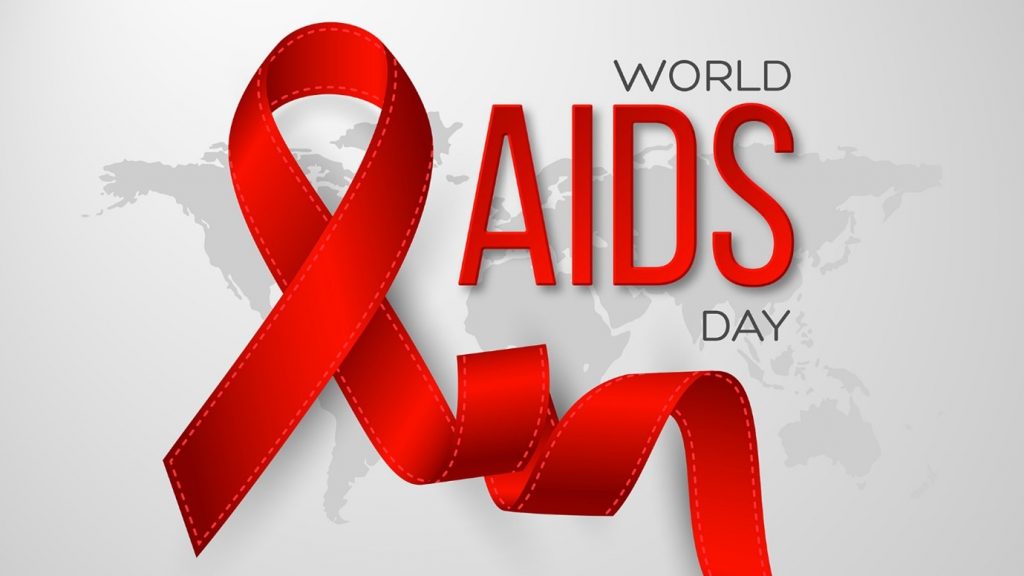
Mark Miller: World AIDS Day
HIV, a virus that attacks the immune system, has been a global health concern since the early 1980s. Despite advancements in treatment, stigma and discrimination against people living with HIV persist. This blog will explore the history of HIV, its transmission, and the importance of understanding and supporting those affected.
Understanding HIV
HIV is transmitted through contact with certain bodily fluids from an infected person, primarily through unprotected sex or sharing needles. It’s crucial to remember that HIV cannot be transmitted through casual contact like hugging or sharing food.
A significant breakthrough in HIV treatment is the concept of U=U (Undetectable = Untransmittable). People living with HIV on effective treatment with an undetectable viral load cannot transmit the virus to others. This powerful message helps reduce stigma and encourages testing and treatment.
The Impact of Stigma
Stigma and discrimination against people living with HIV remain prevalent. Misconceptions and fear contribute to prejudice and exclusion.
- Personal Experience: “In the workplace, I’ve had people ask if I have AIDS. I explain that I’m HIV-undetectable, meaning the virus is untransmittable. This status is achieved through effective treatment. Unfortunately, many people don’t take the time to educate themselves about HIV unless they know someone who has it. By then, the stigma has often already taken hold.”
It’s essential to educate ourselves and others about HIV to dispel myths and create a supportive environment.
Challenges in Specific Areas
- Workplace: In the workplace, people living with HIV may face discrimination, even if they are undetectable. It’s crucial to promote awareness and understanding to create inclusive workplaces.
- Sports: Athletes living with HIV often face significant challenges, including exclusion from teams, lack of support, and misconceptions about the virus. It’s crucial to educate coaches, teammates, and the public to create an inclusive and supportive environment.
- Healthcare: Even within the healthcare system, stigma can persist. Healthcare providers may have biases or misconceptions, leading to inadequate care for people living with HIV.
Creating a Supportive Environment
Supporting those affected by HIV involves treating them with respect and dignity, providing necessary medical care, and advocating for their rights. By doing so, we can reduce stigma and improve the quality of life for people living with HIV.
Conclusion
HIV remains a significant health issue, but with advancements in treatment and prevention, people living with HIV can lead healthy lives. By understanding HIV, reducing stigma, and supporting those affected, we can create a more inclusive and compassionate society.






0 Comments